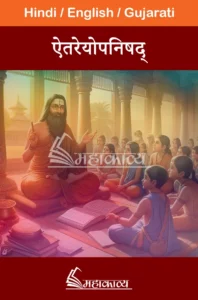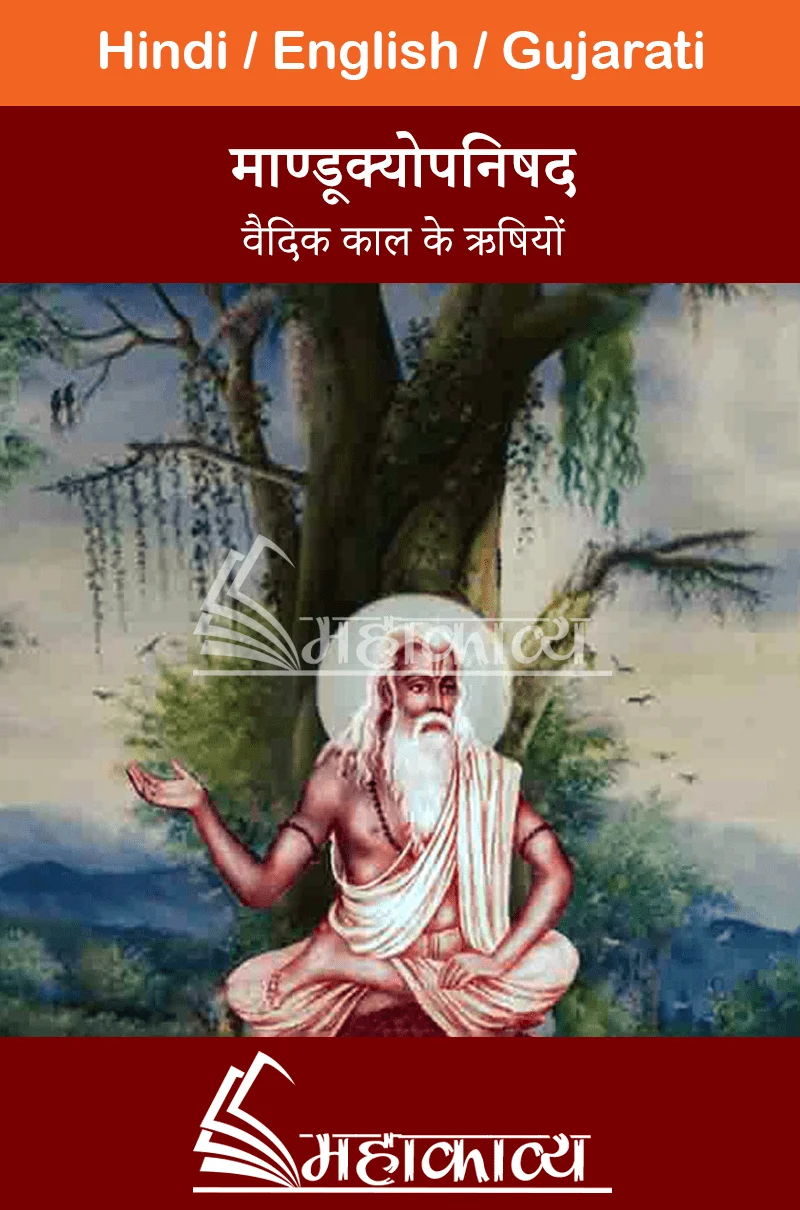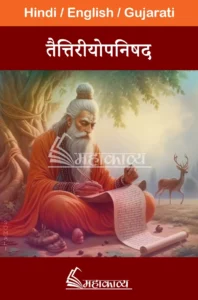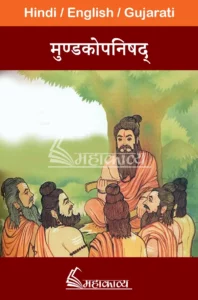Read Kaivalya Upanishad in English
The Kaivalya Upanishad is an aspiration, for the ultimate freedom. Kaivalya means: There should come a moment in consciousness, when I am completely alone, but I do not feel lonely. I may be lonely, yet I may not know the absence of another. Even if I am left alone, I should be so complete that someone else completes me, without suffering from it.
Read here in one click ~ Kaivalya Upanishad in Hindi
There is no consensus of scholars regarding the composition of Kaivalya Upanishad. Some of the Upanishads are considered to be part of the original samhitas of the Vedas. These are the oldest. Some Upanishads are considered to be part of ‘Brahmin’ and ‘Aranyaka’ texts. Their composition is after the Samhitas. There is no definite opinion about the period of the Upanishads, generally the period of the Upanishads is considered to be from 3000 BC to 500 BC.
Table of Contents
ToggleKaivalya Upanishad Introduction:
The Kaivalya Upanishad is one of the major Upanishads in Hinduism, which is considered to be a part of the Vedas. It is a philosophical text that focuses on the concept of Kaivalya, which means “liberation” or “isolation” in Sanskrit.
In this consists of 146 verses that are organized into four chapters. It discusses various topics such as the nature of the self, the path to liberation, and the nature of Brahman (the ultimate reality).
One of the key teachings of the Kaivalya Upanishad is the concept of Jnana yoga, which is the path of knowledge or wisdom. According to this path, one can attain liberation by realizing the true nature of the self, which is identical to Brahman.
The Upanishad also discusses the concept of Maya, which is the illusion that creates the world of duality and separation. It teaches that one can overcome Maya by developing detachment and realizing the true nature of reality.
Overall, the Kaivalya Upanishad is a significant text in Hindu philosophy that provides insights into the nature of the self and the path to liberation. It has been studied and interpreted by scholars and practitioners of Hinduism for centuries.
The remainder of the Upanishad provides further reflections on the nature of the soul, the nature of the jiva (person), and recalling the great Mandukya Upanishad, briefly analyses the three states of consciousness, here called the ‘three cities’, experienced by all beings: the waking state, the dream state, and the deep sleep state. All three states are pervaded by the soul; pure consciousness/awareness – in which all forms and experiences arise and ultimately dissolve.






 Download the Mahakavya App
Download the Mahakavya App